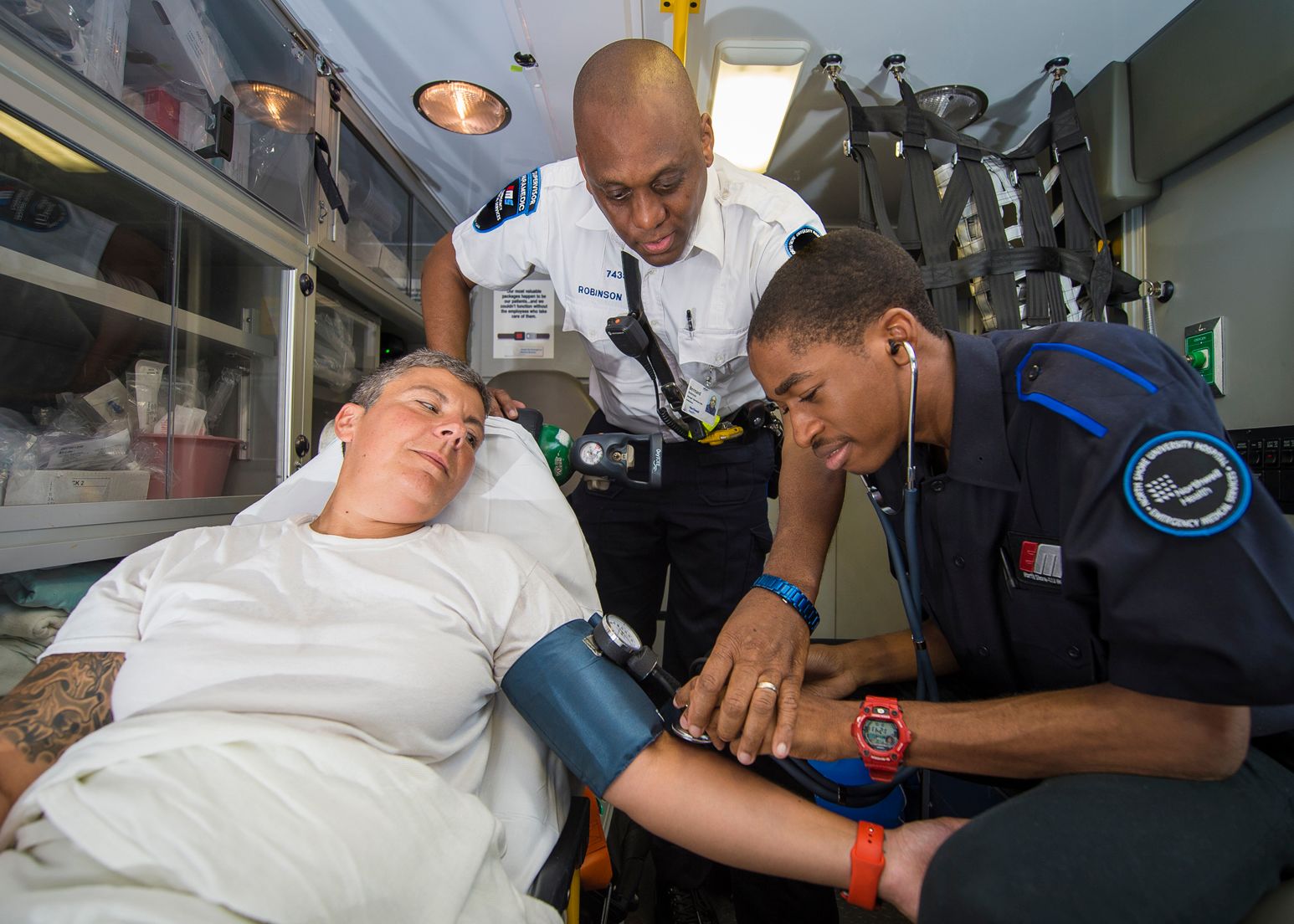The field of emergency medical services is a critical one, and a career in it can be rewarding. It revolves around helping people and providing life-saving medical care. If you are considering becoming an Emergency Medical Technologist (EMT), or even moving up to the esteemed job of a paramedic you’ll be entering a career with high growth potentials and a demand for highly skilled professionals. In this post, we’ll guide you through the steps required to become an EMT and paramedic. We’ll also look at the many training options available which include DSHS certified EMS training course.
Understanding the Role and Function of EMTs Paramedics, EMTs
Emergency Medical Technicians are also referred to as paramedics or EMTs are the first response in times of emergency. They offer immediate assistance. They are certified to evaluate and provide treatment to patients, and transport them safely to medical facilities to receive further treatment. Paramedics and EMTs play an essential role in stabilizing patients in difficult circumstances, making quick decisions and delivering compassionate assistance during times of stress. For more information, click Steps to become a Paramedic

Step 1: Becoming an EMT:
For you to become an EMT you must complete a variety of education and training programs. They will differ based on the certification level you want to attain. There are three levels to EMT certification:
1. EMT-Basic (EMT-B) It is the entry-level certification and is based on 100-150 hours of education. EMT-Bs receive training in basic medical care including CPR and blood management and the basics of airway control.
2. EMT-Intermediate: This is a level that requires additional training. The amount of training required is different from state to another. In certain regions, this level is merged with EMT-B, while in others, it involves around 200 to 400 hours of education, which includes an increase in medical knowledge as well as intravenous therapy.
3. EMT Paramedic (EMT P): EMT-P is the highest certification level for EMTs. The training needed to obtain this certification usually ranges from 1,800 to 1,000 hrs. Paramedics are trained in the latest medical procedures, such as administering medications as well as interpreting EKGs and advanced airway management.
Step 2: Applying for Paramedic Certification
To qualify as a paramedic, you first need to pass the EMTB and EMTI levels as well as gain some practical experience. After that, it is possible to enroll in a paramedic training program, which usually takes approximately one to two years complete. During the comprehensive training you will learn about advanced medical topics. Additionally, you will acquire the skills and knowledge required to deal with difficult scenarios.
Learn more about EMT Training Options
There are a variety of options available for EMT certification, depending on the level you wish to attain. EMT training is typically provided by medical trade schools as well as community colleges at all certification levels. These programs integrate classes with hands-on training in clinical and field environments.
Schools and universities provide EMT programs at the level of EMT/Paramedic if you are looking for an in-depth, thorough EMT training that leads to an undergraduate degree. These programs will help you gain an in-depth understanding of emergency medicine. This will enable you to make better medical decisions as well as provide better care for patients.
Step 4: Make sure you have DSHS certified EMS training:
For students who are interested in becoming EMTs and paramedics it’s crucial to ensure that the training program you select is DSHS accredited. The Department of State Health Services (DSHS) is the body that approves EMS training courses to ensure that they meet high standards of education and competency. Enrolling in a DSHS-approved EMS training will ensure that you receive top-notch training and meets the certification requirements.
Paramedics and EMTs are highly regarded careers. EMTs along with paramedics as well as other emergency responders play an an essential role in providing medical care and saving lives during emergencies. To embark on this lifesaving journey, EMTs and Paramedics are required to complete the necessary educational and training courses. The EMT certification is available at an institution of higher learning, a medical trade school, or university based on the degree of certification that is desired.
It is crucial to evaluate the various training options available to you and to make sure that the EMS course you choose is approved by DSHS. If you do this you will be able to rest assured that you’re getting a top-quality training that meets the required standards for EMT and paramedic certification.
The demand for skilled emergency medical professionals rises, EMS provides a wealth of opportunities for career advancement as well as opportunities to improve the lives of other. You can start your career as an EMT or move toward paramedic status. Your commitment to providing vital medical care is rewarded with a rewarding job.




